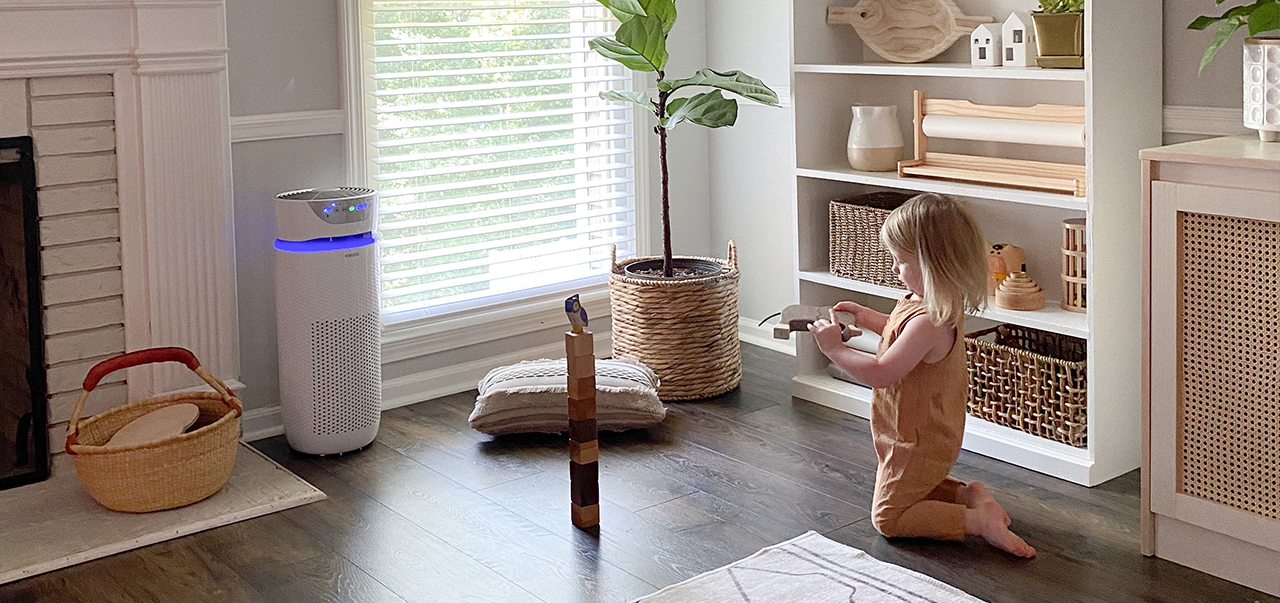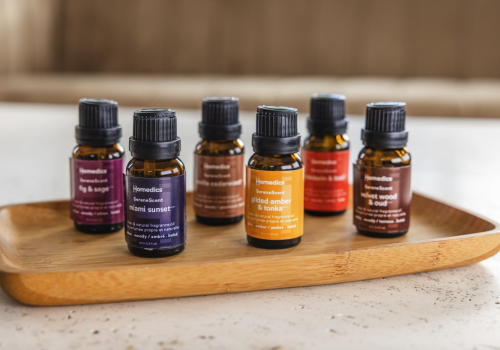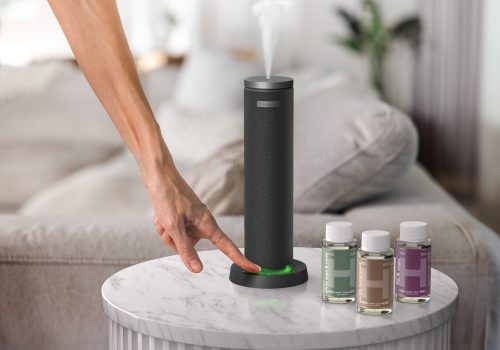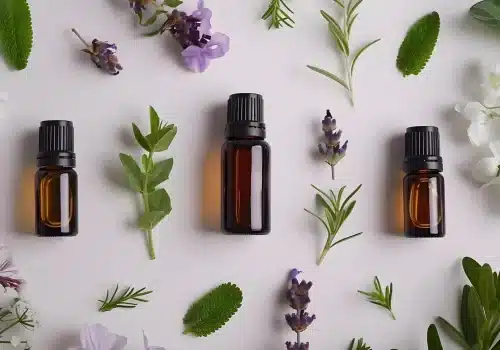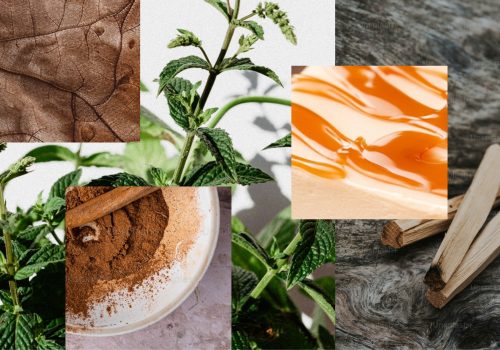What’s Polluting the Air (And Our Lungs)?
It’s difficult to get away from air pollutants both outside and inside our homes, thanks to car emissions, pesticides, household cleaners, and naturally occurring gases (to name a few). While it’s not entirely possible to breathe in perfect air unless you live in a bubble, there are a few ways to go about cleaning the air you breathe.
CHEMICAL POLLUTANTS
Chemical pollutants are human-made substances that aren’t naturally present to the environment or are found in higher amounts than normal. They’re extremely dangerous to the air we breathe inside and outside of our homes. A few examples of chemical pollutants include carbon monoxide, tobacco and secondhand smoke, VOCs, ozone, radon, and pesticides.
BIOLOGICAL POLLUTANTS
According to an article published by the Harvard School of Public Health, biological pollutants are substances in our environment that come from living organisms. A few sources of these pollutants include bacteria, viruses, mold spores, pet dander, and pollen.Both chemical and biological pollutants can be found in our outdoor air and have varying effects on people and the environment. That’s why it’s important to limit the amount of pollutants in our air.
CULPRITS OF OUTDOOR AIR POLLUTION
Since our outdoor air is key when it comes to sustaining life and protecting the earth from harmful radiation, poor air quality is extremely worrisome (and why keeping the air we breathe clean is so important). According to Health NSW, emissions caused by combustion processes from solid fuel burning and motor vehicles are the biggest contributor to outdoor air pollution, though they aren’t the only culprit. Biological pollutants like mold, dust, pollen, and smoke from wildfires, as well as chemical pollutants like ozone, nitrogen dioxide, sulfur dioxide, and carbon monoxide, are also large contributors to air pollution.
OUTDOOR AIR POLLUTION RISKS
On top of the environmental risks that outdoor air pollution creates, there are many health issues that it can cause you and your family, making it even more important to limit outdoor air pollution.
Short-term health effects:
● Cardiac failure
● Deep vein thrombosis
● Stroke
● Wheezing
● Asthma
● Chronic obstructive pulmonary disease
● Respiratory infections
Long-term health effects:
● Pneumonia
● Long cancer
● Impaired lung development in children
● Asthma
HOW TO LIMIT RISKS
According to the National Center for Biotechnology Information (NCBI), the best way to limit risks and health problems that outdoor air pollution causes is by reducing car emissions.
INDOOR AIR POLLUTION
The Environmental Protection Agency (EPA) says that the air inside our homes can be up to 5x more polluted than the outside air. While you may think using ventilation tactics like opening a few windows removes unwanted air particles, it’s important to recognize that outdoor air pollutants enter through open doors, windows, ventilation systems, and cracks in your home or workplace. That system alone can’t keep your air clean and your family healthy.
These pollutants can enter your home in obvious and surprising ways, including:
● Spraying an air freshener
● Bleaching your shower
● Smoke from chimneys
● Contaminated groundwater
● VOCs in water can enter your home while showering and cooking
● Soil and dust that contains outdoor pollutants can be tracked in on your shoes
BIOLOGICAL AND CHEMICAL POLLUTANT SOURCES IN YOUR INDOOR AIR
Combustion Sources: Pollutants that can emit carbon monoxide directly into the air.
● Tobacco
● Wood
● Coal heating
● Cooking appliances
● Fireplaces
Household Products: Pollutants that release chemicals and VOCs directly into your air.
● Cleaning supplies
● Air fresheners
● Paints
● Insecticides
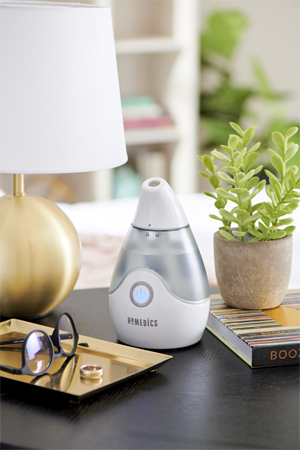
Building Materials: Pollutants that release unwanted substances into your air.
● Asbestos fibers
● Building insulation
● Pressed wood products
While you’re likely not ready to spend your outdoor time in a bubble (or move to a rainforest), our air purifiers can at least help destroy the pollutants inside your home. So, until we develop an air purifier powerful enough to eliminate all outdoor pollution, they’re a good place to start.
Medical Disclaimer: This content is provided for informational purposes only and not intended to be a substitute for professional medical advice, diagnosis or treatment.
SOURCES
INDOOR AIR QUALITY, EPA: https://www.epa.gov/report-environment/indoor-air -quality
Chapter 5: Indoor Air Pollutants and Toxic Materials, CDC, John Bower: https://www.cdc.gov/nceh/publications/books/housing/cha05.htm
Outdoor Air Pollution, Health NSW:https://www.health.nsw.gov.au/environment/air/Pages/outdoor-air -pollution.aspx#:~:text=The%20common%20sources%20of%20outdoor,(pollen%20and%20mould%20spores).
Health effects of outdoor air pollution, Alan Abelsohn, NCBI:https://www.ncbi.nlm.nih.gov/pmc/articles/PMC3155438/#:~:text=Exposure%20to%20outdoor%20air%20pollution%20has%20a%20substantial%20effect%20on,%2C%20cardiac%20failure%2C%20and%20stroke.
Biological Pollution, Harvard School of Public Health: https://www.hsph.harvard.edu/ehep/biological-pollution/

